Although keeping water outside the building envelope is always a good idea, it is critically important in some cases. The fault-tolerance of a building to moisture infiltration depends on the building cladding system and the structural material. In one unfortunate case, the designers combined a building cladding system (stucco) that required near perfection to be successful and a structural system (wood frame) that couldn't accept much ongoing water infiltration. Due to a combination of poor design practices and poor construction practices, the building began to experience isolated structural failures within a couple years of construction.
During the TSA investigation, it was determined that the majority of the structural damage was occurring at penetrations, door and window openings, and other similar locations such as terminations and transitions between materials that were not properly waterproofed. The overall extent of distress varied from 5% to 40% on a given face of the building. Because the distress was concentrated around penetrations in the building envelope, the exterior framing system was economically salvageable. However, the Owner elected to replace the entire building envelope system and exterior structural framing system.